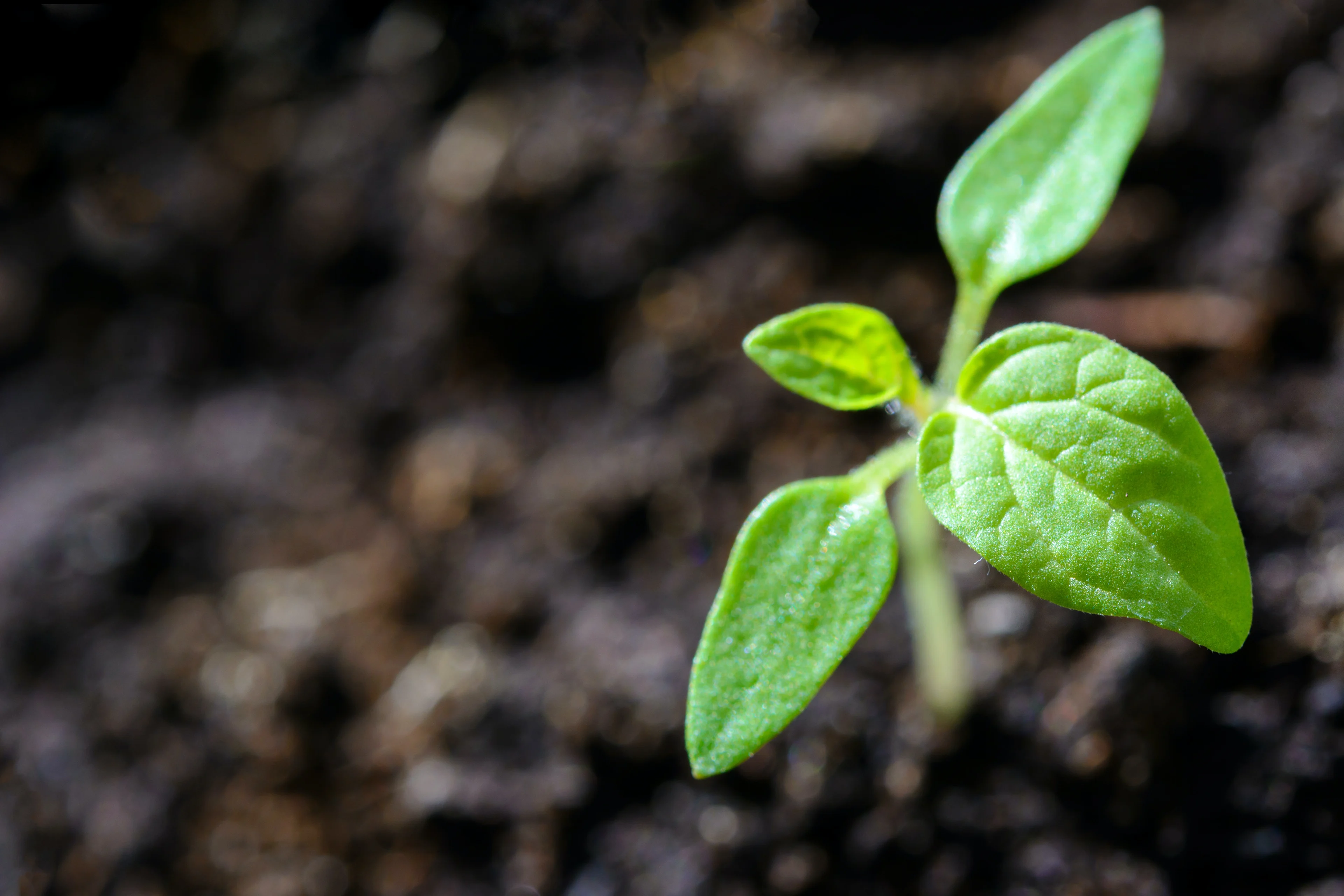
We know what causes the scent of spring, but what's it actually for?
As wonderful as that rich, earthy smell is, it's not just ornamental, but has a specific purpose in the ecosystem.
Spring is in the air – specifically, that long-awaited, earthy scent that comes from soil that's been turned or disturbed by rain, in this case for the first time in months.
It's long had a name: 'petrichor,' a Greek portmanteau very roughly meaning something like 'essence of rock.' And scientists are well aware of what causes it.
Soil is the home of numerous kinds of bacteria, one of which, Streptomyces, is the source of the chemical compound geosmin, which finds its way into your nostrils when something happens to release it from the soil, like falling raindrops or someone getting some gardening in. It's likely most associated with spring because it reemerges around that time of year after months of people being without it during winter.
If you feel revived and rejuvenated at the scent of it, science discovered there's something to that, too. The Streptomyces bacterium can be used in the production of antibiotics. And the geosmin they produce has been used in marketable scents and perfumes, according to the BBC.

Image credit: Pexels
Humans are super-sensitive to it as well. In fact, according to plant scientists at the U.K.'s John Innes Centre, we can detect it in as few as 100 parts per trillion – that's "trillion" with a "T" – which, as they vividly put it, means we're better at smelling it than sharks are at smelling blood.
That's what geosmin is, and that's what it does, but there's still the question of what it's actually for. And that question wasn't answered until very recently, in 2020.
That year, the researchers at the John Innes Centre linked the geosmin molecule with a group of organisms called "springtails", six-legged, insect-like creatures of varying sizes.
Unlike other creatures such as flies and nematodes, which are repelled by geosmin, springtails are actually attracted to it, and the bacteria that produce it. The John Innes research found these springtails had a role in the bacteria's life cycle, spreading its spores either through external covering, like burrs, or excretion through their gut.
It's a very, very old relationship, too. Springtails are relatively primitive creatures, and this symbiotic give-and-take may have been going on for as much as 450 million years.
So the next time you're taking it all in, remember that the scent of spring has a LOT going on behind it than just smelling nice.
